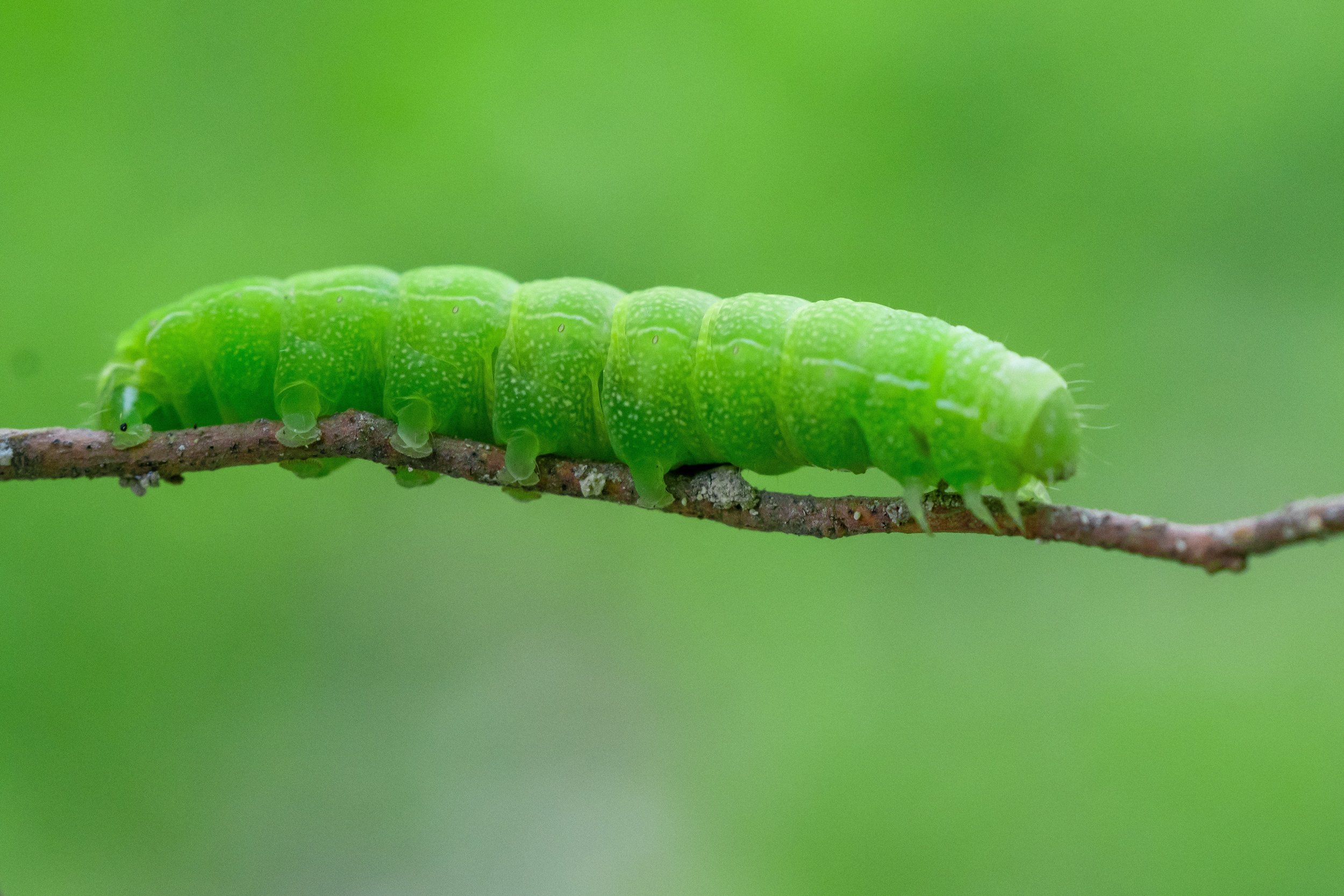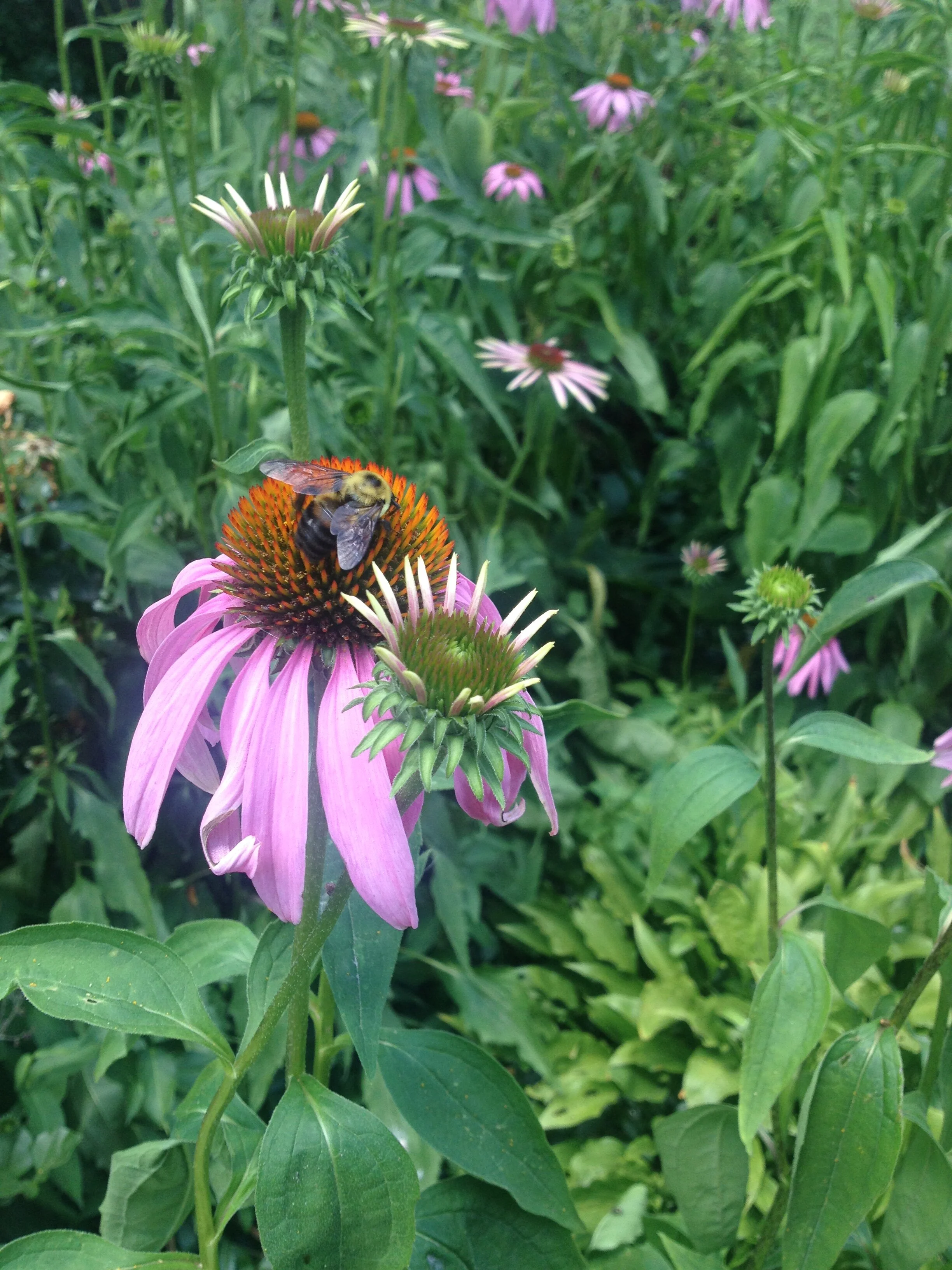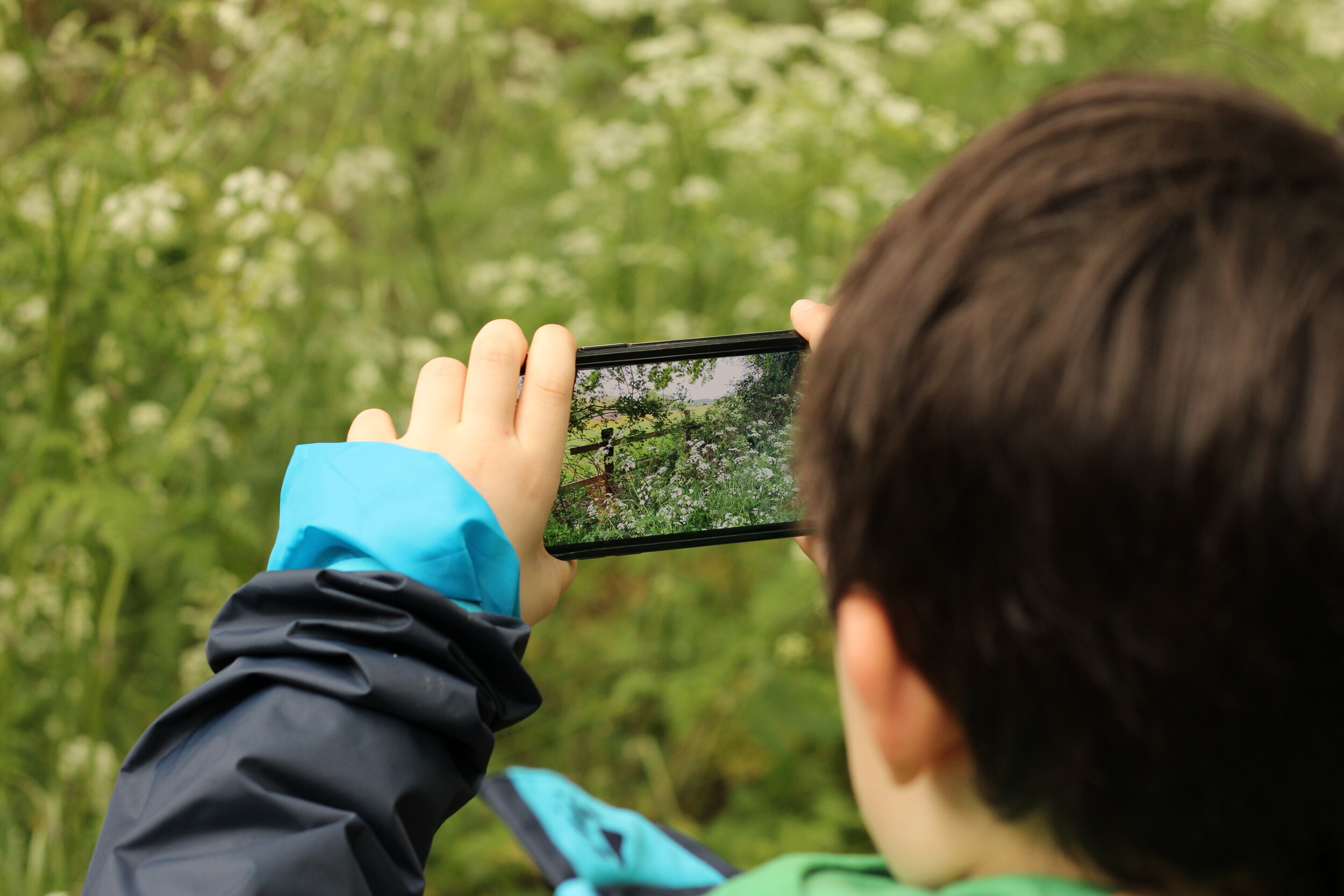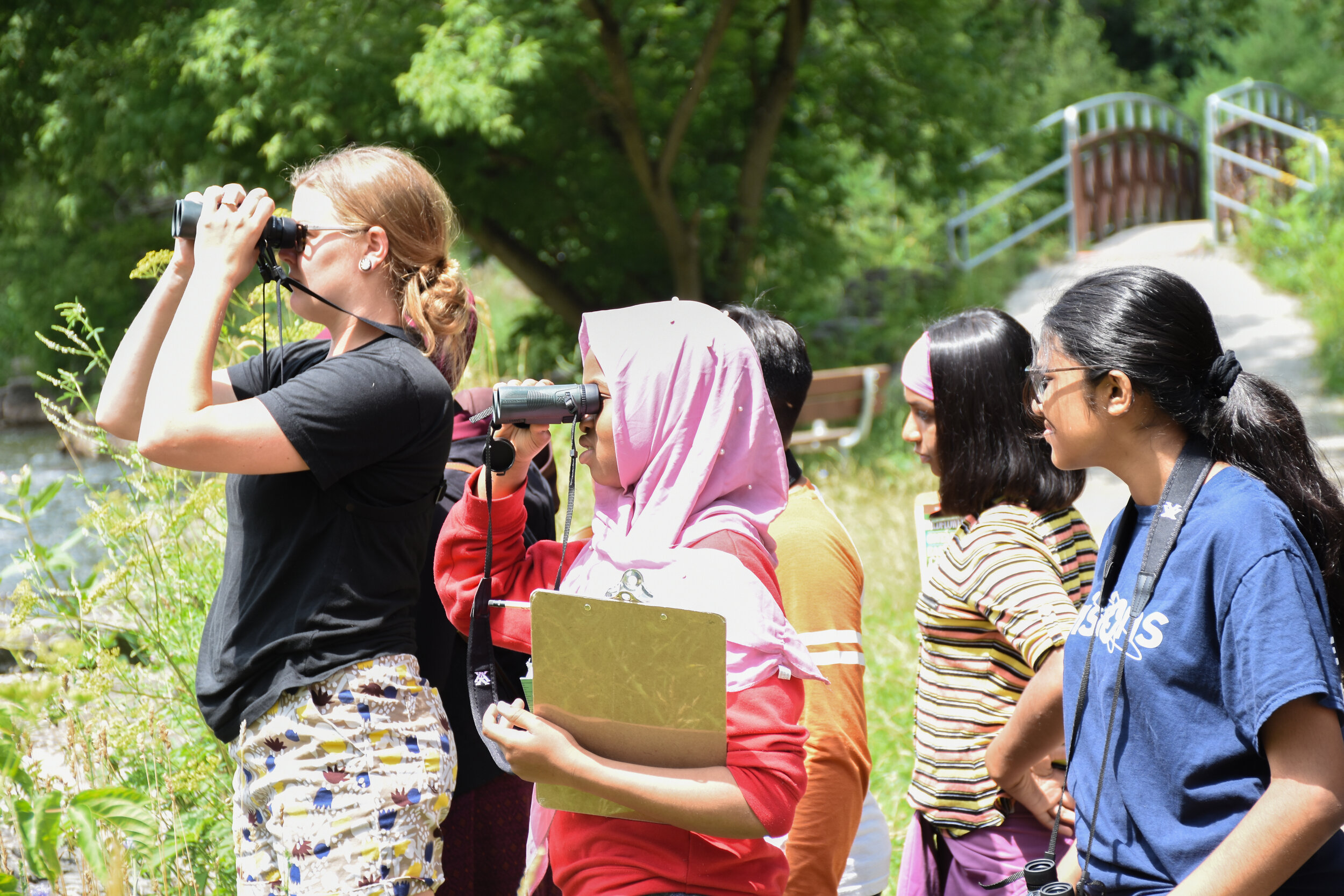

Caterpillars count
Conduct a citizen science survey at your local park by counting the insects you see and help scientists studying the effects of climate change!
Caterpillars Count! is a citizen science project for measuring the seasonal variation, also known as phenology, and abundance of arthropods like caterpillars, beetles, and spiders found on the foliage of trees and shrubs.
Here's where you come in! Participants collect data by conducting surveys on trees and shrubs and recording all of the arthropods observed.
The EcoSpark team will be with you every step of the way with in-person training, ready-to-go starter kits, curriculum connections, handy mapping tools, and data summaries for your site or school! Contact us with any questions you have as you go.
Why Caterpillars?
Arthropods are an important food source for birds and other wildlife. They also have economic and environmental impacts on our forests and crops. Caterpillars, a type of arthropod, are one of the most important sources of food for many migratory birds, and provide a tasty snack for growing nestlings.
Climate change is affecting the timing of spring leaf out, insect activity, and bird migration and breeding. But are the plants, insects and birds all responding to the same degree? If either insects or birds are not keeping up with phenological shifts of the other organisms that they depend on, then further climate change may have negative consequences for their populations.
WHY PARTICIPATE?
The data you collect is used by researchers to relate trends in arthropod populations to bird population trends in those same areas, and to better understand the impact of how changes in climate and land use impact the plants and animals around us. Researchers couldn’t possibly collect all this local data by themselves, which is why they need us!
volunteer with us!
EcoSpark needs people like you to help us with this important project.
Join an existing Caterpillars Count survey site or set one up with EcoSpark’s support! Volunteers learn about citizen science biodiversity monitoring and Caterpillars Count survey protocols, including how to conduct a survey and submit your results using the free Caterpillars Count app. People of all ages can volunteer to conduct an arthropod survey and take research-grade photos to provide important data for conservation.
Caterpillars Count Volunteers Examine Beat Sheet for Arthropods
How to participate in Caterpillars Count
1. get familiar with arthropods
Before you go out, check out this helpful online training game to learn how to tell beetles from truebugs and other ID tips. You can take the quiz (with different photos each time) as many times as you like. Don’t worry about knowing the specific species, you only need to be familiar with the major Orders found on trees and shrubs. You’ll be surprised how many you already know (you can probably tell the difference between an ant, a caterpillar, and a fly for example).
You can review the Caterpillars Count! Arthropod ID guide and Dichotomous Key to learn some of the most common arthropod orders found on trees and shrubs. Feel free to print a copy to bring out in the field.
Ready to put your skills to the test? Play through a virtual survey!
2. FIND A SITE NEAR YOU
Check out your nearest Caterpillars Count survey to help out with this project at any point May-Oct, or join us for our demonstration day! Check out this list of active sites for current school and park locations.
Interested in leading a new site at a local greenspace?
EcoSpark can provide training and equipment for you to lead a site on your own or with a group of volunteers. You can set up a site in any area with 30 accessible trees. The ideal time commitment for leading a site is 2-3 hours per week for 6+ weeks from May-Oct. Check out our training webinar recording and email us to learn more!
3. Get the Caterpillars count app
Download the easy-to-use app from iTunes or the PlayStore!
Create an account online or through the app.
Learn how to use the app to submit a survey.
Check out these printable instructions to take with you in the field.
Caterpillars Count! was started by Dr. Allen Hurlbert from the University of North Carolina, and is part of a broader National Science Foundation funded project on phenological mismatch.
Research questions your data helps answer:
Are caterpillars more abundant on certain tree species over others?
Does the peak abundance of caterpillars vary from year to year, and has it been changing with climate?
Does the peak abundance of caterpillars coincide with the time when birds are raising their young?
For those interested in becoming more familiar with the history of Caterpillars Count, here is a link to the study that informed the project.










